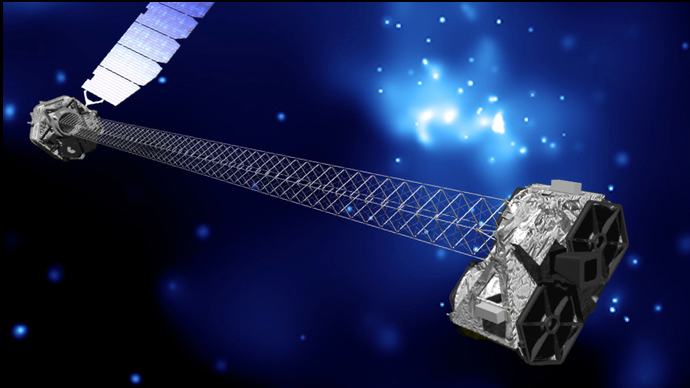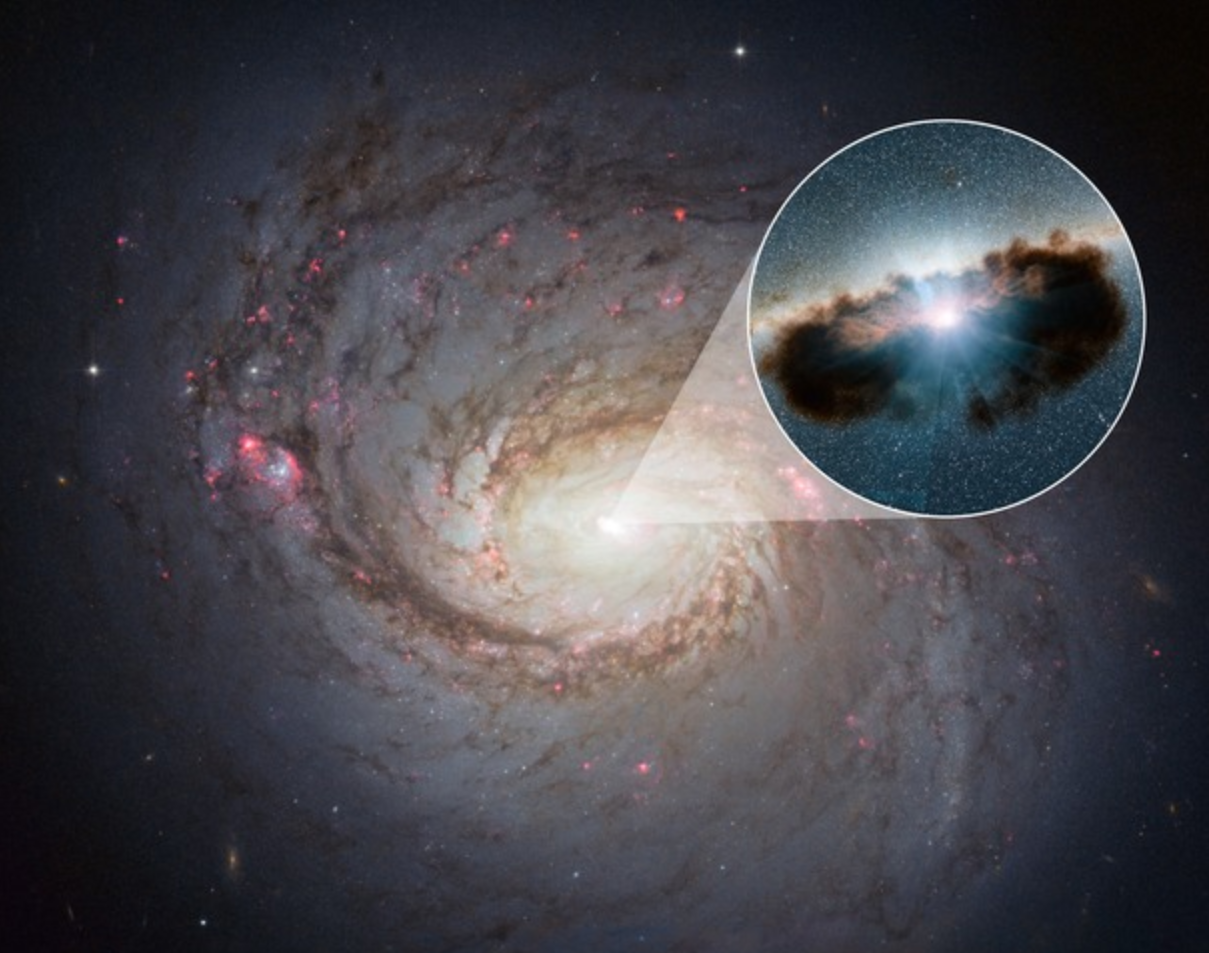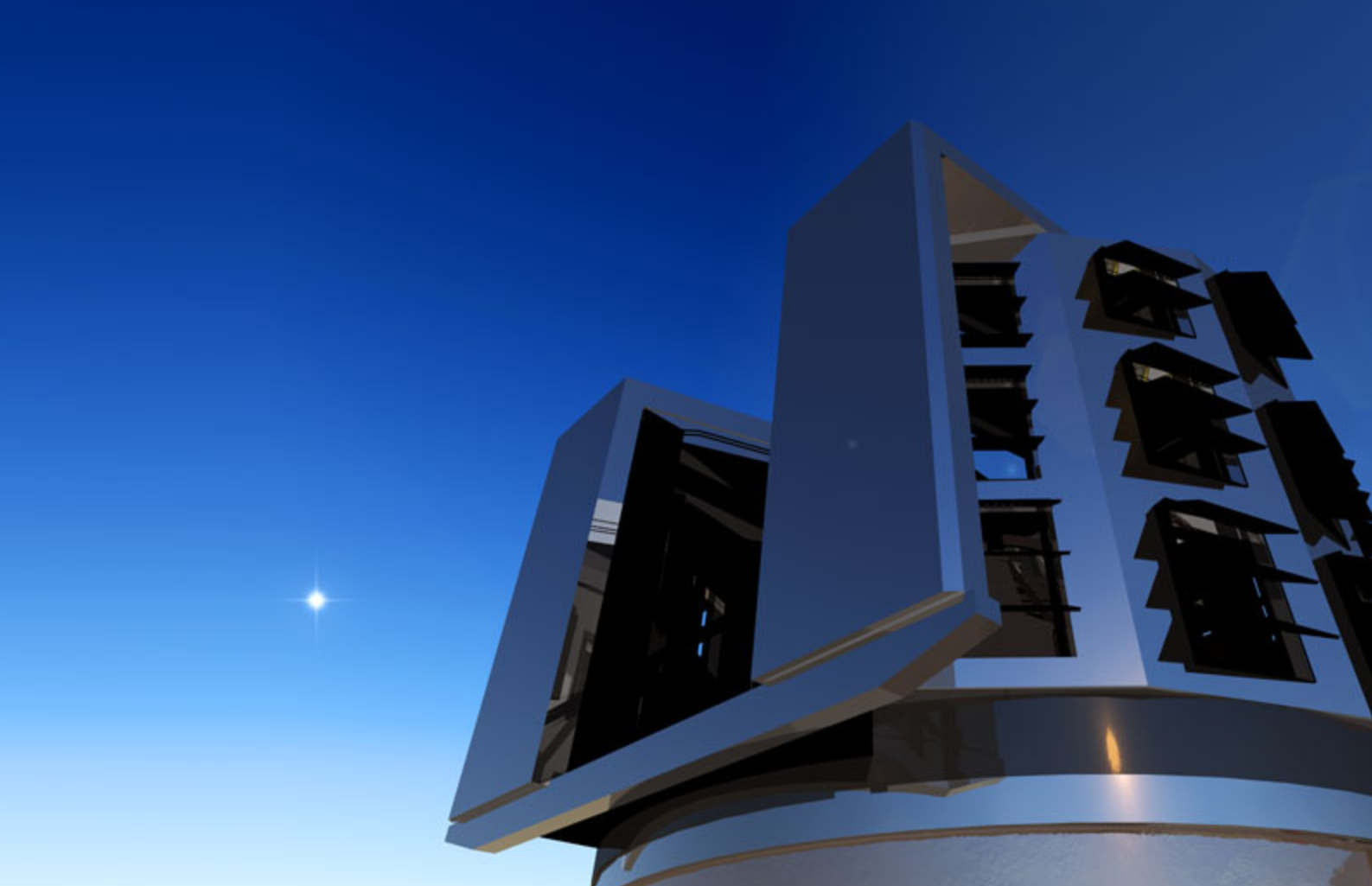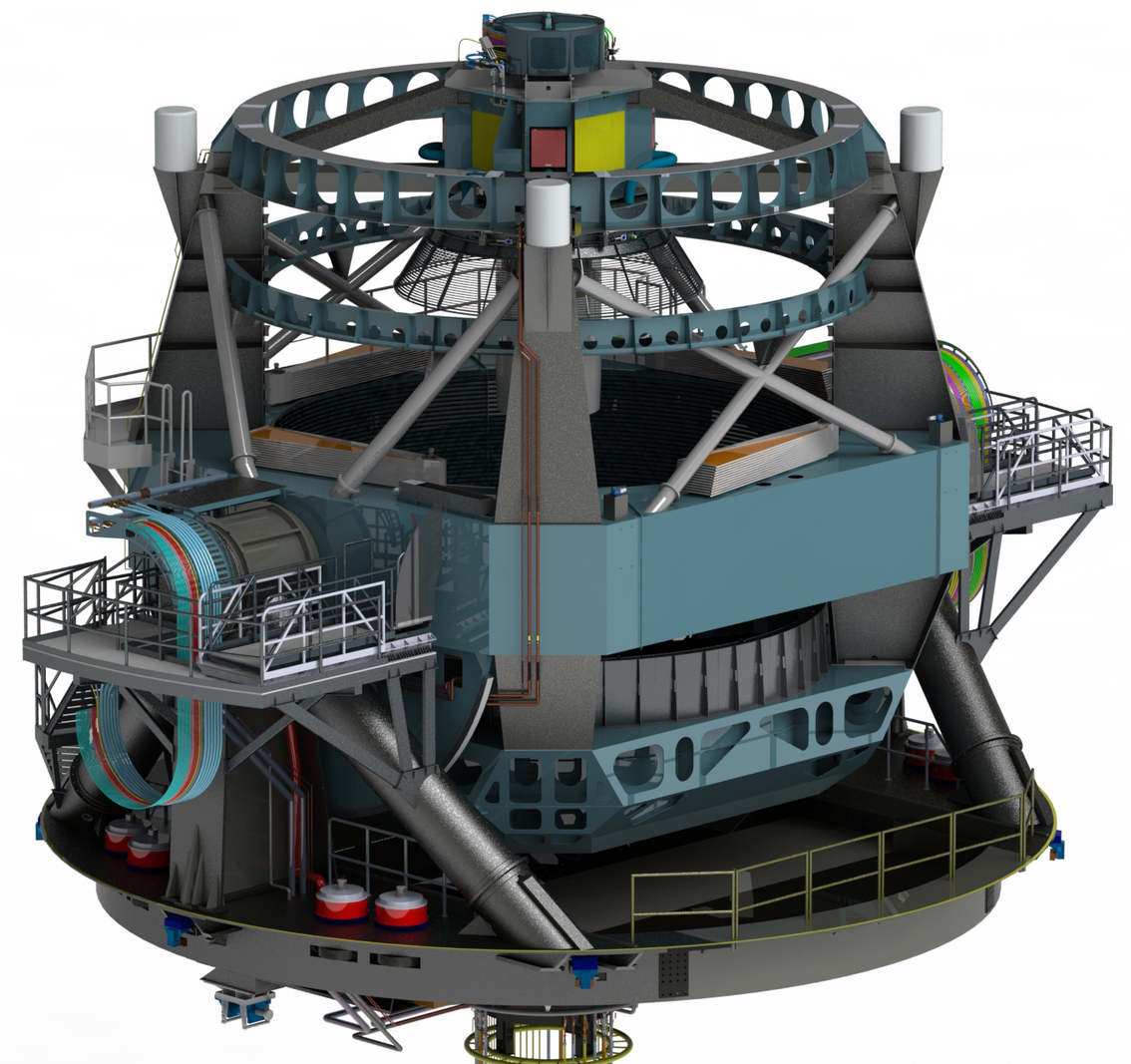|
ENGINEERING IMS has been contracted by some of the most technologically advanced companies, universities, and laboratories seeking solutions for complex engineering problems that include but are not limited to mechanical, electrical, and controls engineering and design regarding precision machine tools, nano-precision micro stages, and ultra-precision diamond turning machine tools for optics, aerospace, and wafer manufacturing; moreover, special projects including but not limited to Extreme Ultraviolet Lithography (EUVL) Microfield Exposure Tool, Land and Space Based Telescopes, and Wafer Diagnostic Tools. Our precision engineering team is capable of designing conventional to ultra-precision machines and subsystems from the ground up. We use advanced solid modeling software for mechanical design and part detailing, and evaluate and optimize those designs using state-of-the-art structural and thermal finite-element analysis software; moreover, our engineering analysis include kinematic coupling design and optimization, Hertz contact stress analysis, hydrostatic bearing design, hexapod design and optimization, flexure system design, error budgeting, gear design, motor performance analysis and more. Below are a few examples of projects that IMS proudly participated in over a decade of service: NuSTAR PROJECT
During a two-year primary mission phase, NuSTAR will map selected regions of the sky in order to:
In addition to its core science program, NuSTAR will offer opportunities for a broad range of science investigations, ranging from probing cosmic ray origins to studying the extreme physics around collapsed stars to mapping microflares on the surface of the Sun. NuSTAR will also respond to targets of opportunity including supernovae and gamma-ray bursts.
A NASA Small Explorer (SMEX) mission, NuSTAR launched on June 13, 2012. IMS contributed to the mission by providing mechanical engineering, design, and analysis services for development of two optic assembly machines, and optical frames of the telescope. NuSTAR TODAY
The NuSTAR data revealed that the torus of gas and dust surrounding the black hole, also referred to as a doughnut, is more clumpy than previously thought. Doughnuts around active, supermassive black holes were originally proposed in the mid-1980s to be smooth entities. More recently, researchers have been finding that doughnuts are not so smooth but have lumps. NuSTAR’s latest finding shows that this is true for even the thickest of doughnuts.
Until recently, telescopes weren’t able to penetrate some of these doughnuts, also known as tori. To learn more about NuSTAR and its journey visit the NuSTAR website at http://www.nustar.caltech.edu. LSST PROJECT
The scientific questions that the LSST project will address are profound: What is the mysterious dark energy that is driving the acceleration of the cosmic expansion? What is dark matter, how is it distributed, and how do its properties affect the formation of stars, galaxies, and larger structures? How did the Milky Way form, and how has its present configuration been modified by mergers with smaller bodies over cosmic time? What is the nature of the outer regions of the solar system? Is it possible to make a complete inventory of smaller bodies in the solar system, especially the potentially hazardous asteroids that could someday impact the Earth? Are there new exotic and explosive phenomena in the universe that have not yet been discovered?
For over three years, IMS contributed to the project by providing mechanical engineering, design, and analysis services for the development of the focal plane. LSST TODAY
Images will be immediately analyzed to identify objects that have change or moved: from exploding supernovae on the other side of the Universe to asteroids that might impact the Earth. In the ten-year survey lifetime, LSST will map tens of billions of stars and galaxies. With this map, scientists will explore the structure of the Milky Way, determine the properties of dark energy and dark matter, and make discoveries that we have not yet imagined. Scientists in the US and Chile, LSST’s International Affiliates, and the general public are invited to share in this voyage of discovery. The LSST worksite is located in the Fourth Region, Elqui Province, District of Vicuña in Pachón Hill, El Peñón Sector, at 2647 meters above sea level. To learn more about the LSST mission, please visit their website at http://www.lsst.org.
|
CONTACT IMS TODAY! Our TEAM is ready to help you select the right products and services for your application. (888) 344-3842
Specializing in Precision Machine Tool Products, Services, and Solutions for Over 15 Years! |









